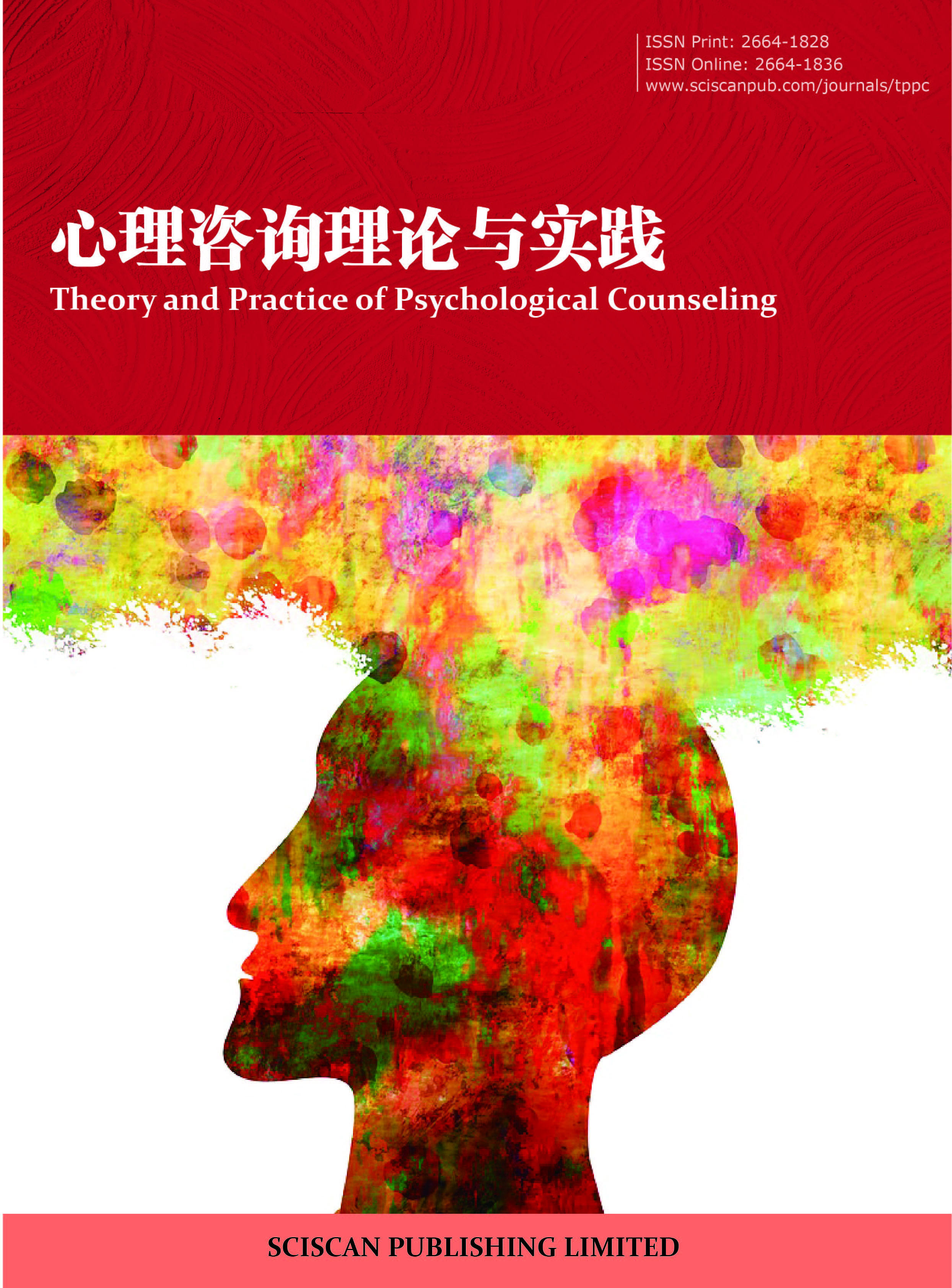Theory and Practice of Psychological Counseling
ISSN Print: 2664-1828
ISSN Online: 2664-1836
Contact Editorial Office
Subscribe to the latest published information from SCISCAN
移空技术操作的语言特点
Linguistic Characteristics of the Move to Emptiness Technique Operation
- Authors: 陶红英
-
Information:
湖北阳明心理研究院,武汉
- Keywords: 移空技术;语言特点;共同点;侧重点
- Move to Emptiness Technique (MET); Linguistic characteristics; Common ground; Emphasis
- Abstract: 移空技术是一项基于中华传统文化的心身治疗技术,其操作过程主要通过咨询师与来访者对话的形式呈现和推进,其中语言很重要也很有特点。本文从移空技术的静态作业与动态作业两大作业板块入手,就操作时语言的共同特点、差异以及侧重点,阐述移空技术操作的语言特点。
- The Move to Emptiness Technique is a mind-body therapy technique based on traditional Chinese culture. The operational process is mainly presented and advanced through the dialogue between the consultant and the visitor, in which language is very important and distinctive. This paper elaborates on the linguistic features of the Move to Emptiness Technique from the perspectives of the common linguistic characteristics, differences, and emphases in the operation of its two major sections: static and dynamic exercises.
- DOI: https://doi.org/10.35534/tppc.0609060
- Cite: 陶红英.移空技术操作的语言特点[J].心理咨询理论与实践,2024,6(9):496-501.














